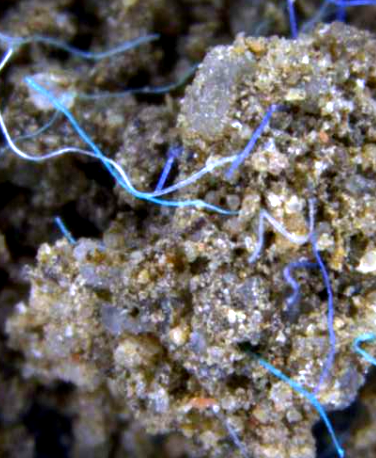New tech lights up plastic soil
 Australian researchers have developed a new method to detect microplastics in the ground using infrared light and powerful visualisation software.
Australian researchers have developed a new method to detect microplastics in the ground using infrared light and powerful visualisation software.
The new research fills an important knowledge gap as most research on microplastic detection has focused on the marine environment, not on the land.
“There are vast quantities of microplastics that have accumulated in the ground. Microplastics present a potential health risk as they can carry and then leach harmful contaminants, this could be especially important when it comes to agricultural soil,” says project leader Dr Megharaj Mallavarapu.
The new method is non-destructive, simpler than other similar methods, and can work for soil, sand, water and even biosolids.
By using Raman spectroscopy to process the information, the researchers can map and identify simultaneously up to five types of microplastics present in a sample. This includes PET, PVC, polystyrene, polypropylene and polyethylene.
“These different types of plastic have different spectral properties, which is how this technology is able to identify them,” says Dr Mallavarapu.
“Once we identify the kinds of plastic, we can begin to identify the risks they pose to health and environment, and then plan remediation. This is the first stage: before you investigate what the chemical does, you need to first measure and detect it.”







 Print
Print